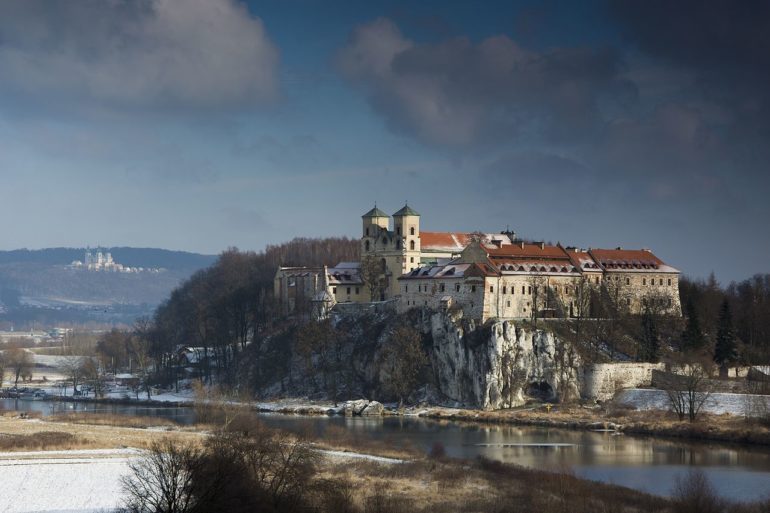Closing the European Year of Cultural Heritage 2018 at the #EuropeForCulture conference in Vienna, the Commission has today highlighted a series of actions on cultural heritage.
During the 2018 European Year of Cultural Heritage, over 6.2 million people took part in more than 11,700 events organised across 37 countries. To ensure that the European Year has a lasting impact beyond 2018, the Commission has today presented 60 actions related to the promotion and protection of cultural heritage in the longer term.
Tibor Navracsics, Commissioner for Education, Culture, Youth and Sport, said: “I am proud that the European Year of Cultural Heritage has successfully reached millions of people across Europe and beyond. We now need to ensure that its legacy lives on – because cultural heritage is not only about the past, it is key in building a cohesive, resilient Europe for the future. With the European Framework for Action on Cultural Heritage we are putting forward a range of initiatives to ensure that we make the most of cultural heritage in boosting economic growth, building strong communities and strengthen our relationship with our partners across the globe.”
The Framework, which was announced in the European Agenda for Culture that the Commission adopted in May, contains concrete actions to help bring about real change in the way we enjoy, protect and promote Europe’s cultural heritage.
The Framework divides actions into five thematic areas. These actions will run over the next two years and will for instance include:
1. Cultural heritage for an inclusive Europe: participation and access for all
In 2019, the European Commission will launch the #WeareEuropeForCulture project. It will fund pop-up exhibitions in public spaces, highlighting personal stories and items that have a connection with cultural heritage. It aims to reach people who normally have less contact with cultural heritage.
2. Cultural heritage for a sustainable Europe: smart solutions for a cohesive and sustainable future
The European Capital of Smart Tourism is a new EU initiative rewarding innovative and smart tourism in European cities. In 2019, Helsinki and Lyon will hold the title. The prize is designed to provide a platform for European cities to cooperate and share success stories.
3. Cultural heritage for a resilient Europe: safeguarding endangered heritage
From 2019, the Commission’s Joint Research Centre will develop a novel approach to support the retrofitting of existing historical buildings in its iRESIST+ project. The aim is to help increase their capacity to resist earthquakes and make them more energy efficient.
4. Cultural heritage for an innovative Europe: mobilising knowledge and research
The EU will continue to support the development of specialised skills and competences and improve knowledge management and knowledge transfer in the cultural heritage sector, including through the Erasmus+ programme. The aim is to map skills at risk of being lost, gather statistical evidence, define occupational profiles and develop frameworks for raising awareness and attracting young people to heritage professions.
5. Cultural heritage for stronger global partnerships: reinforcing international cooperation
The EU is setting up an international network for cultural heritage innovation and diplomacy under Horizon 2020. EU expertise will assist third countries in protecting cultural heritage through trainings, and fostering the creation of innovative, tailored made solutions for different areas (EU Neighbourhood countries, Latin America, Africa, Asia).
New app to discover cultural spots
During the 6-7 December #EuropeForCulture Conference the Commission is also presenting its new Cultural Gems mobile application and handing out a special eTwinning award for cultural heritage. The two winning projects are Monumental Europe and MATH 3.0 Amazing Trip through History, which have enabled learners to discover Europe’s cultural heritage through intercultural and collaborative projects.
Cultural Gems is a platform for local communities in towns and cities to show their hidden cultural spots, and for visitors and locals alike to discover cultural and creative places off the beaten track. It offers an easy-to-use interactive map focusing on culture and creativity and gamification aspects to engage users. The app is a spin-off of the Cultural and Creative Cities Monitor launched by the Commission in 2017. The Monitor compares and assesses the performance of 168 cities in 30 European countriesusing quantitative and qualitative data. Both the Monitor and the mobile application have been developed by the Commission’s in-house science service, the Joint Research Centre, to support local policy-makers in harnessing culture to foster innovation, job creation and social cohesion.
Background
The objective of this unique thematic year of the Juncker Commission was to raise awareness of the social and economic significance of Europe’s cultural heritage. The first-ever European Framework for Action on Cultural Heritagewill now guide work on promoting and protecting heritage for the two coming years, primarily through EU policies and programmes. The Framework can also inspire regions and cities or cultural heritage organisations and networks seeking to develop their own actions. It was prepared through exchanges with EU Member States, the European Parliament, civil society organisations, cultural operators and international organisations such as the Council of Europe and UNESCO.

